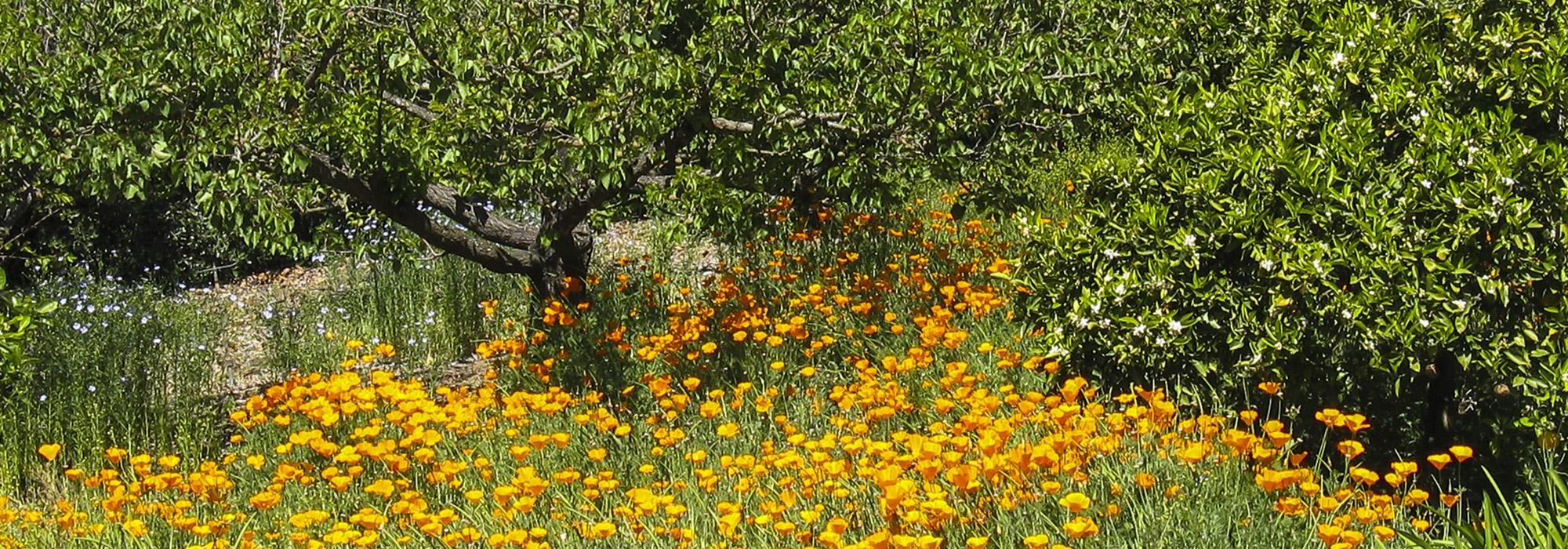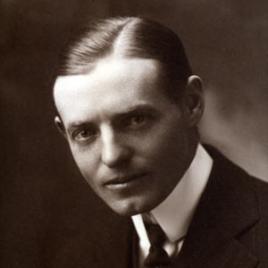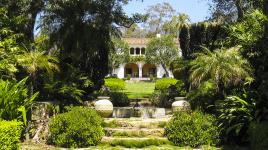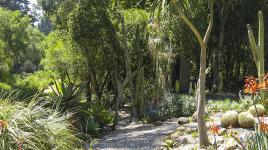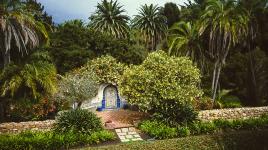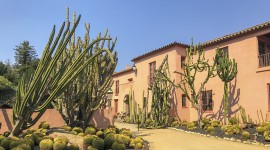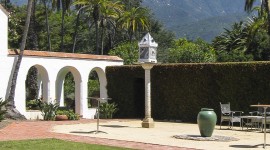Pioneer Information
The son of a California nurseryman, Stevens was born in Montecito, California. He earned a B.S. in landscape architecture from Michigan State College before spending two years with the Chicago office of O.C. Simonds. Returning to California, he worked for a nursery and practiced as a landscape architect before teaching at the University of California, Berkeley from 1913 to 1917, one of the first faculty members in the Landscape Gardening Department. Stevens set up private practice in Santa Barbara in 1917 and taught in the 1920s at the Santa Barbara School of the Arts. Between 1919 and 1921 he also worked as Superintendent of the Parks Department and then as Parks Commissioner and consultant.
Stevens’ projects synthesized International and Californian design ideals, integrating formal ideas gleaned from the Mediterranean, Islamic, Spanish Colonial Revival and Hawaiian traditions with a more laid-back California style. He was known for his planting plans, which often included large massings and elaborate plant palettes featuring tropical plants. Notable projects include the Peabody estate; the 1949-50 Master Plan for the University of California at Santa Barbara; Casa del Herrero; the Santa Barbara Biltmore Hotel; the Royal Hawaiian hotel; Franceschi Park; Lotusland; and the Tremaine House, designed by Richard Neutra. His work, which spanned the Picturesque, American Country Place and Modernist eras, was showcased in numerous publications, including the book Modern Gardens and the Landscape (1964). Santa Barbara’s Stevens Park is named in his honor.



